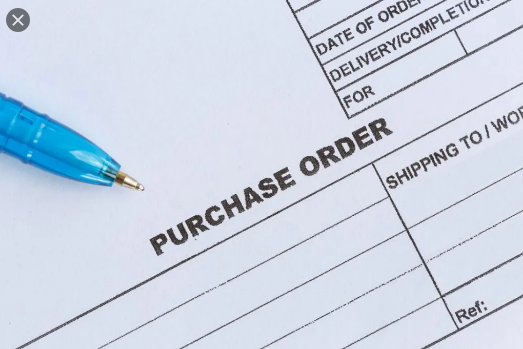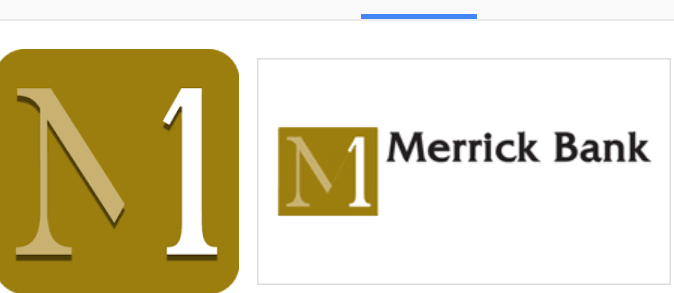A purchase order is an integral part of a well-managed purchasing process because it helps the business owner track inventory and order supplies and sellable goods.
What is Purchase Order
A purchase order also known as the PO is a legally binding document that is designed by a buyer and presented to a seller. It is essentially a list of the things you want to buy which lays out the order details, including quantity and types of products the buyer needs, and payment terms and delivery details.
A purchase order acts as a contract between the buyer and the seller. Once a purchase order is submitted, the buyer is committed to purchasing goods and services for the amount agreed upon. The PO gives the seller insurance against non-payment since the order is filled before the buyer receives their bill.
How Does a Purchase Order Work?
A purchase order is a legal binding document between a supplier and a buyer and details the items the buyer agrees to buy at a certain price point. PO also outlines the delivery date and terms of payment for the buyer. PO computer systems have also made the purchasing process a lot more efficient and enable better inventory and payment tracking.
For the buyer
- With purchase order, you can track your inventory and purchase history.
- You can order goods in specific amounts and in advance.
- Choose the delivery date you want.
- You do not have to pay in advance.
For the seller
- A seller can track sales and recurring orders with a purchase order.
- With a PO, you can create your invoice.
- A purchase order commits the buyer to pay, giving you legal security.
Disadvantages of Purchase Order
- It involves more unnecessary paperwork for smaller purchases.
- From a financial perspective, credit cards can work similarly to the same purpose.
How to Create a Purchase Order
If you do not know how to create a PO, there are so many software available online to help you create one, or you can use a simple Word or Excel document to make your own order forms
While creating a PO, here’s what you will have to include:
- Date of issue
- Products required + the quantity of each product.
- Product details, including SKU numbers, model numbers, and brand names.
- The price for each product per unit.
- Delivery date
- Product Order number
- Business information, like shipping address & billing address, company name, and contact information.
- Terms for payment, like “paid upon delivery” or specific payment date options.
What Happens After a Purchase Order is Issued?
After a purchase order has been created and sent to a seller, the seller is then at liberty to either accept or reject the contract.
If the seller accepts the purchase order, it means the seller has agreed to sell the listed products and quantities at the prices set forth by the buyer.
The seller then issues an invoice to the buyer depending on the purchase order.
What is on a Purchase Order
A purchase order specifies the following:
- Quantity of product purchased
- Product or service being purchased
- Payment terms like “on delivery” or “in 30 days”.
- Billing address
- Delivery location
- Delivery date
- Price per unit
- Specific brand names, SKUs, or model numbers.



